Stars have inspired myths, guided explorers, and captivated humanity since time immemorial. Yet today, most people live under skies too bright to see the stars clearly. Light pollution — the glow from cities and suburbs — blocks our view of the cosmos. That’s why true stargazing requires travel, intention, and a destination where the sky still belongs to the stars. If you’re ready to lie back and be awed, these are the best destinations for stargazing where darkness unlocks the universe.
Mauna Kea, Hawaii (USA)
Towering over the Big Island of Hawaii, Mauna Kea offers one of the clearest, best destinations for stargazing and the most otherworldly views of the night sky anywhere on Earth. Its summit sits above 40% of the Earth’s atmosphere, giving it uniquely dry, cloud-free air. This extinct volcano is home to 13 international observatories and is often considered sacred by Native Hawaiians.
You don’t need a telescope to stargaze here. Even at the Mauna Kea Visitor Information Station (9,200 ft elevation), the stars dazzle with intensity. Rangers offer guided night programs, and astronomy volunteers often set up powerful telescopes for public use. It’s chilly — even icy — so layer up. Also, be mindful of altitude sickness and respect cultural protocols. Find visitor info at Mauna Kea Visitor Center.
Aoraki Mackenzie, South Island (New Zealand)
Imagine lying in a glacial valley while the Southern Cross and Magellanic Clouds rotate overhead. That’s what you get in the Mackenzie Basin — one of the world’s largest International Dark Sky Reserves. The small town of Tekapo is a base for astro-tourism, with stargazing hot pools, telescope experiences, and the Mount John Observatory.
New Zealand’s light pollution laws are strict here — even street lights are star-friendly. The clarity is staggering. You’ll see the Milky Way as a bright smear across the sky, meteors tracing arcs, and constellations rarely visible in the Northern Hemisphere. Visit DarkSky International to learn more.
Jasper National Park, Alberta (Canada)
Every fall, Jasper hosts one of the world’s best dark sky festivals. But even outside those dates, it offers pristine night skies, glacier-fed lakes, and majestic mountain silhouettes. As a Dark Sky Preserve, Jasper limits light pollution and encourages responsible viewing.
Designated viewing areas include Pyramid Lake, Lake Annette, and the Jasper Planetarium. Many campgrounds and lodges offer telescope rentals and astronomy talks. If you’re lucky, you might catch the northern lights. Dress warmly — even in summer, temperatures drop sharply after dark. More info: Jasper Dark Sky Travel

Atacama Desert, Chile
With over 300 clear nights a year and virtually zero humidity, the Atacama is a stargazer’s paradise. This otherworldly desert — also used to test Mars rovers — attracts both casual sky-watchers and scientists.
The town of San Pedro de Atacama hosts nightly stargazing tours, many led by professional astronomers. Some lodges offer rooftop telescopes or even entire domes for solo viewing. You’ll see deep-sky objects like nebulae, globular clusters, and galaxies through telescope lenses that make the heavens feel almost reachable. Book tours in advance and review lunar calendars for the darkest viewing conditions.
NamibRand Nature Reserve, Namibia
Tucked into the oldest desert on Earth, this private reserve offers one of the most remote and preserved stargazing experiences on the planet. It is so untouched by artificial light that you can see zodiacal light — the faint cone-shaped glow just before sunrise or after sunset caused by interplanetary dust.
Luxury lodges like Wolwedans offer night drives, astronomy decks, and even open-air “star beds.” During moonless nights, the darkness is profound, and constellations appear brighter than you imagined possible. Explore NamibRand’s conservation and stargazing efforts.

La Palma, Canary Islands (Spain)
La Palma enforces some of the world’s strictest light pollution laws, making it a haven for skywatchers. The Roque de los Muchachos Observatory sits at 2,396 meters, often above the clouds. The island itself features multiple miradors — scenic viewpoints designed for stargazing, often with interpretive signage and public telescopes.
Astronomy tourism is thriving here. Even hotel balconies offer clear views of the Milky Way. And the weather is reliably clear almost all year round, thanks to La Palma’s location in the subtropical Atlantic. Get resources at Starlight Foundation.
Sahara Desert, Morocco
A night in the Sahara will change your understanding of darkness and silence. Berber camps near Merzouga, Erg Chebbi, or M’Hamid offer you the chance to sleep under a starlit dome with no distractions. No cities. No screens. Just stars and sand.
These experiences often come with cultural extras — music, food, tea ceremonies — making it a complete immersion into both Earth and sky. The Milky Way here isn’t something you “spot.” It’s a ribbon so luminous, it casts shadows.
Cherry Springs State Park, Pennsylvania (USA)
One of the most accessible dark-sky locations in the U.S., Cherry Springs is a favorite among amateur astronomers and weekend skywatchers. Despite being in the northeast, it offers some of the best seeing conditions on the continent.
The park has separate areas for casual stargazers and astrophotographers, as well as red-lit pathways, observation platforms, and sky programs hosted by park rangers. You can even camp under the stars with minimal setup. Visit DCNR Cherry Springs Page for seasonal info.
Why Stargazing Makes Travel So Memorable
Travel often focuses on landmarks, but stargazing reframes that focus. It asks you to look up, slow down, and become aware of time on a cosmic scale. Under a star-drenched sky, you remember what it means to feel wonder. You realize how little you need — and how much beauty surrounds you when artificial lights don’t get in the way.
The best destinations for stargazing let you tap into something ancient, emotional, and universally human. You’ll return not only with photos, but with a new sense of perspective that lasts long after sunrise.
Have you found a stargazing spot that left you breathless? Share your story in the comments. And if you’re planning your next off-the-grid escape, follow us for more places where the sky still belongs to the stars.
Catch up on the top stories and travel deals by subscribing to our newsletter!

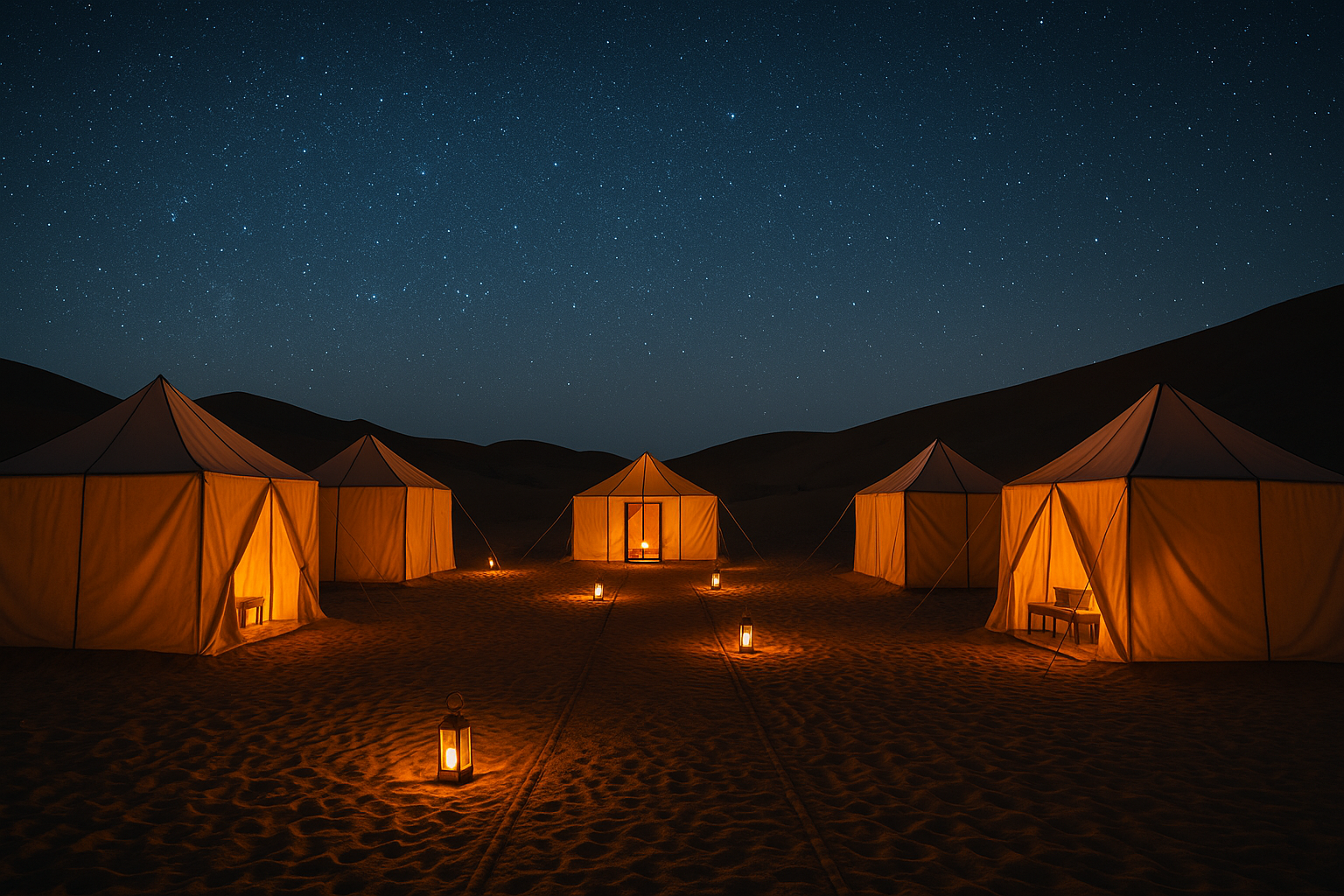




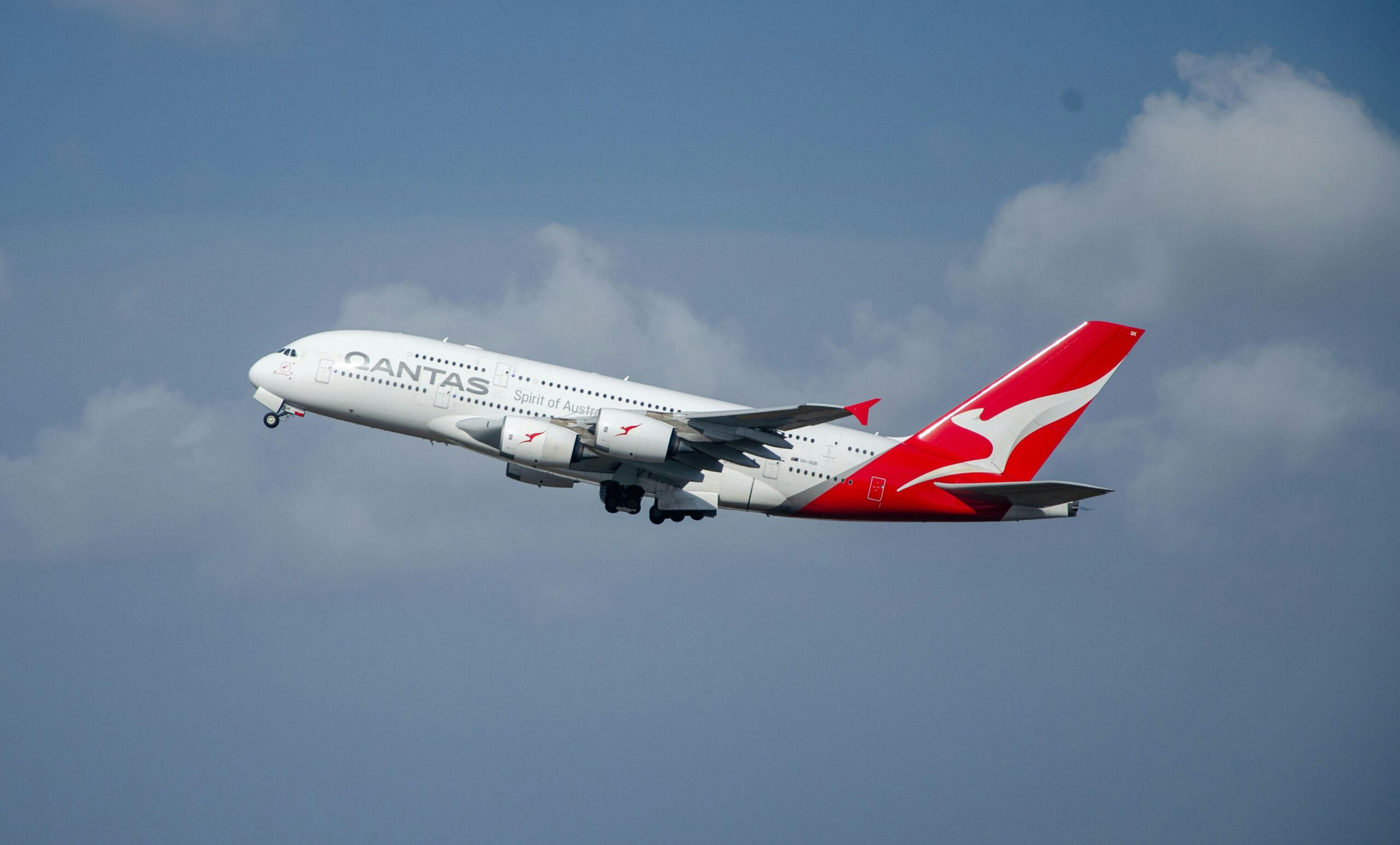

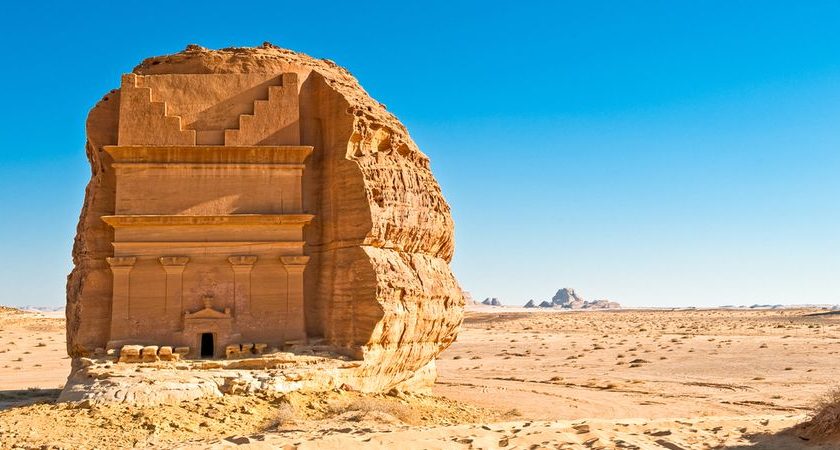

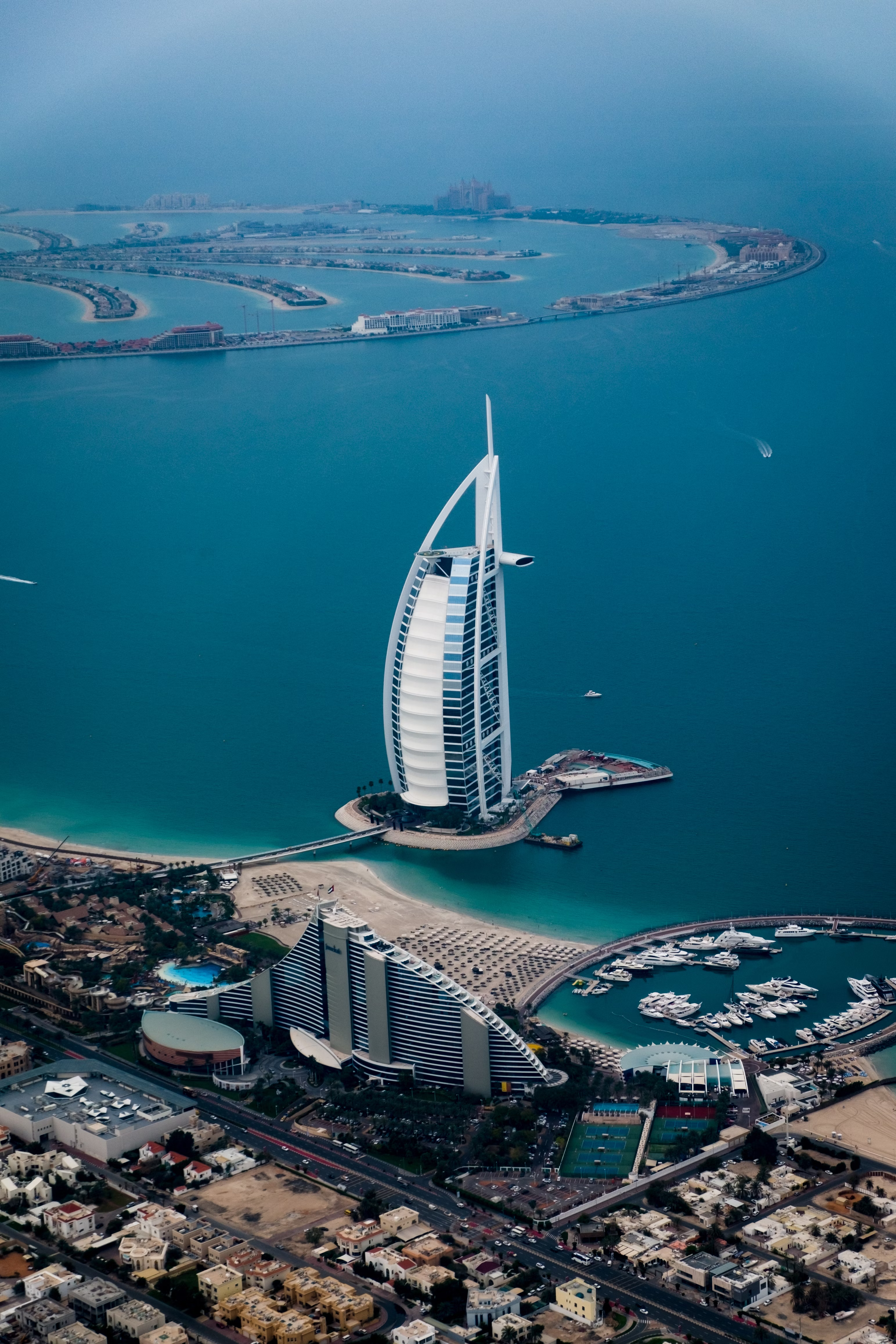
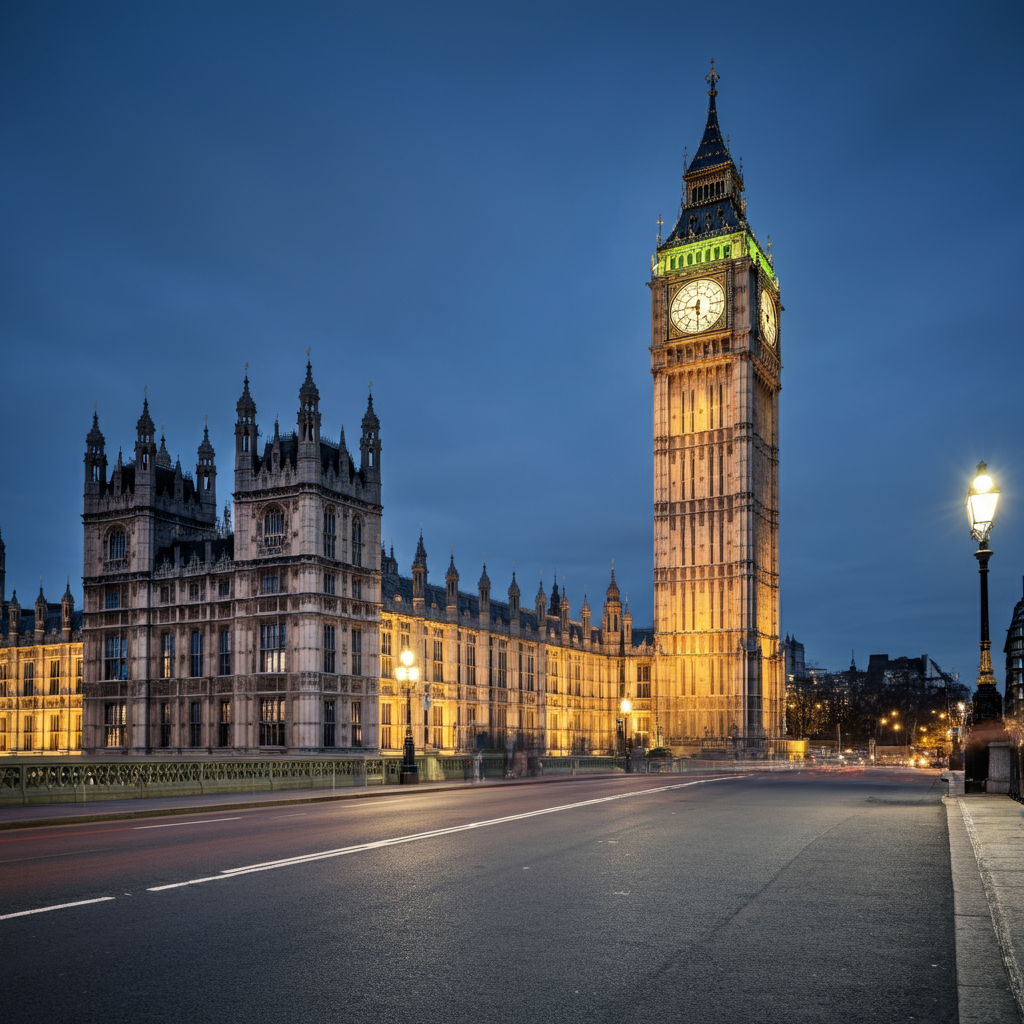
Leave a Reply